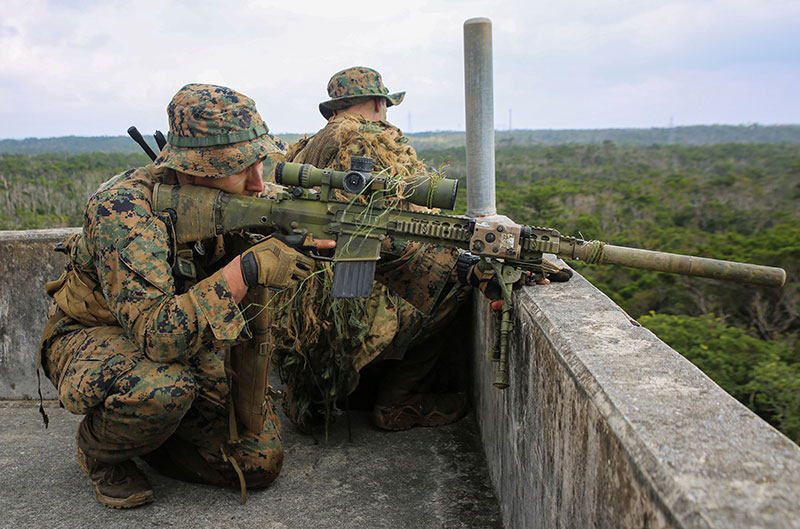
Hitting is all about getting support for the rifle to calm down the wobble and steady the crosshairs (or dot/chevron/front sight/et al) so the rifleman can poke a hole exactly where he wants it.
The classic answer is assuming a textbook prone, kneeling, or sitting position usi ng bone support. This works but requires a skill investment and time to assume the position and wiggle the natural point of aim into alignment with the target.
Provided a shot while standing in a plowed field or open prairie, this may be the “A” answer. However, in a giant chunk of the habitat where people carry rifles for defensive use, there is often something that can be commandeered into artificial support.
Artificial support can come in the way of any vertical or horizontal surfaces, natural or manmade. Whether a convenient tree branch, rock, street sign, window sill, or smoldering armored vehicle that just took a hit, there are plenty of things to connect the rifle to.
These often conveniently provide cover and/or concealment as well, but this article focuses on the technical aspects of wringing the most stability out of that connection. In training environments, artificial support is typically exercised on a barricade, and we will use that term to broadly lasso the idea of squeezing an object of opportunity into being your ad-hoc tripod or bench rest.
Just how well can a good shooter perform from a barricade? Even with a simple wooden range barricade, a solid rifleman can bump up against their capability from a bench if they use good technique. So let’s talk about a couple of high-payoff techniques.
Table of Contents
DROP THE BLADE!
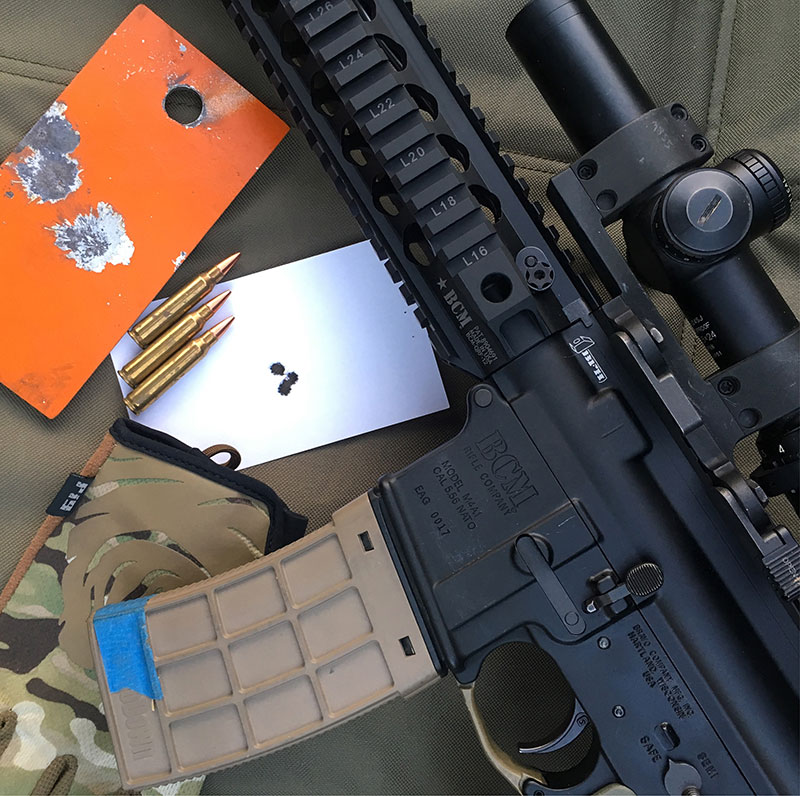
The single biggest action an average rifle toter can take to get better hits from a barricade is to keep their torso relatively square to the support. A seemingly all-powerful gravitational force pulls shooters into an exaggerated bladed position as they connect to a barricade. This is particularly and perniciously present in the standing and kneeling positions.
Blading is one of those things that just feels like the natural thing to do, and many shooters take the stance to an exaggerated level, dropping the firing side waaay back. Of course, using a barricade is technical, not natural, so it is sad but true that the bladed stance may be better than an unsupported one, but is not ideal.
In a proper position, the shooter can draw a deep breath and the rifle will show a small vertical movement in the scope, but the position will remain solid. In the typical bladed stance, that same breath will fight the position and want to push the crosshairs away from the barricade.
There are several ways to visualize the right approach. One, keep the shoulders parallel to the wall, barricade, etc, that you are connecting to. This keeps the gentle force you apply into the support in-line with the rifle, boosting stability. Likewise, it keeps the recoil coming straight back out of that support and into your body mass, boosting recovery. If your hips are also generally square with the support, so much the better; this boosts stability and recoil recovery even more.
Another “check” is keeping your firing-side foot in line with, or even slightly ahead of, the support-side hoof. If I am leaning over and into the barricade (standing), I try to place my firing-side toes just under the pistol grip of the rifle. If I am able to stand more erect, the toes are between butt plate and pistol grip. Similarly, if I am shooting a high double knee, the firing-side knee hits the dirt slightly forward.
POINTS OF CONTACT: MORE IS BETTER
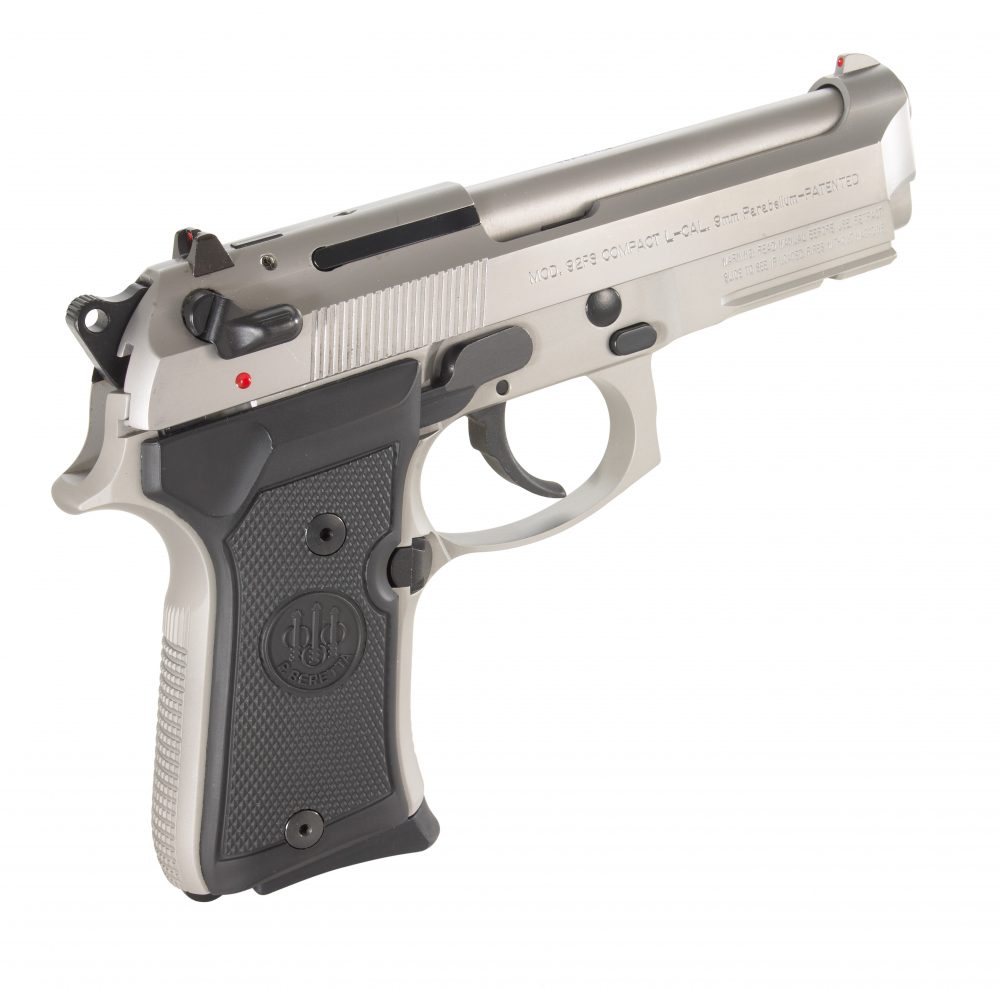
How many points of contact do you need to hit well? As many as the situation will give you. Don’t stand if you can kneel. Kneeling in itself opens a decision tree: Which knee is up and can you rest an elbow or connect the rifle to it? Is it possible to put both knees down, and if so, can you go one better and get your buttocks onto your boot soles?
Prone with the rifle connected to a barricade is about as good as it gets, even better if you can add the magazine as a monopod to give one more point of contact.
In any of the above positions, the ideal is to seek firm, balanced bone support and avoid any position that is maintained by muscles holding you there. Slight muscle tension typically keeps everything tight to the support, but if you can feel muscles holding you in place, that will turn into muscles quivering at the very moment the target or the wind interrupts the shot and you have to restart the firing cycle.
My observation has been that shooters often gravitate to a sloppy high kneeling, which is good for speed and mobility, but rarely maximize the possible support available. A good exercise is to start at barricade high kneeling, with the back straight and erect as in standing and the firing-side knee up. Fire the shot at a challenging target (or dry fire). Follow through as necessary.
Now move down the barricade about eight inches. Connect the firing-side elbow to the raised knee and set up the shot, fire, and follow through. Maintaining this height, lower the firing-side knee to the ground to set up a mid-level double knee; hit again.
Finally, move down the barricade again and sink your seat onto your heels to fire from a low double kneeling. Great hitting can be done from each of these, but it takes time spent on the range or in dry fire to learn how to best connect and gain the most support.
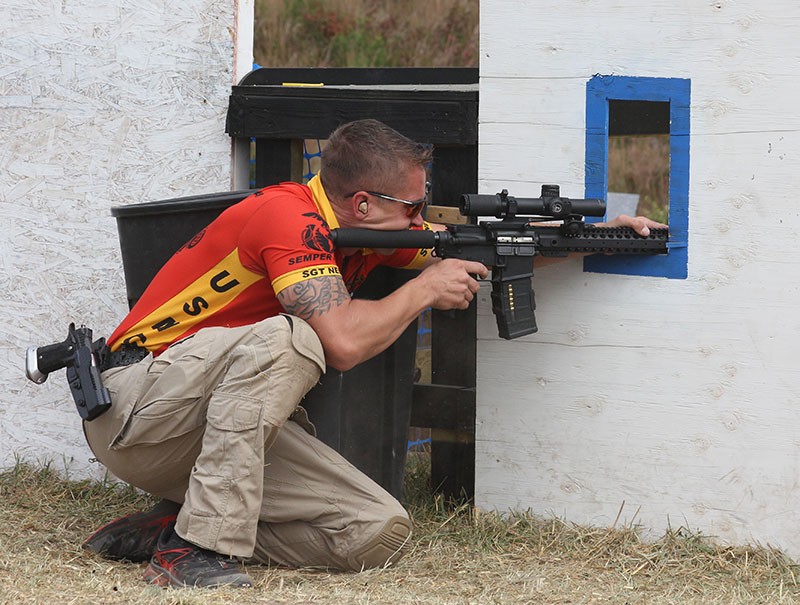
Last summer my friends at Guerrilla Armament in Jacksonville, North Carolina found me an old Savage Anschutz Match 64 .22 LR Competition Rifle. At the time the classic rifle was built, it may have been hyper specialized as a match gun, but today the stock is a great facsimile of many of the precision bolt guns and close in general feel to the egos on some semi-auto SPRs.
The rifle and I spent a good chunk of time finding sweet spots on the barricade. With an index-card-sized steel plate at 50 yards, I would build a position and then watch those aperture sights carefully to see how it was working out.
I realized that often with an AR, I was discounting tremors in the dot or reticle and more or less “muscling” the shot, counting on a bit of luck and the ready availability of the next shot to just trigger a follow-up in the case of a near miss. With the old single-shot .22, I was forced to hone in on the shot in the chamber and listen to what the sights were telling me.
Just as important, though, was the recoil. As the shot broke, in that split second between “Pup!” and “Dink!” I could read the slight amount of recoil in the front sight and see the truth about the position.
If I had a truly solid position, there was only the slight rise of the front sight and I could see the steel react behind it. If I had accepted a “good enough” position, the sight would move to the edge of the plate or perhaps slightly off. If I had lazily tried to force an “almost good enough” position, the sight would tell me even before the 40-grain lead smacked berm rather than steel.
There may be no better training tool for serious barricade work than a good .22. The old .22 small-bore competition rifles with aperture sights, such as this Anschutz, are picture perfect. The new Ruger Precision Rimfire looks great for this application too.
SLOPES AND ANGLES
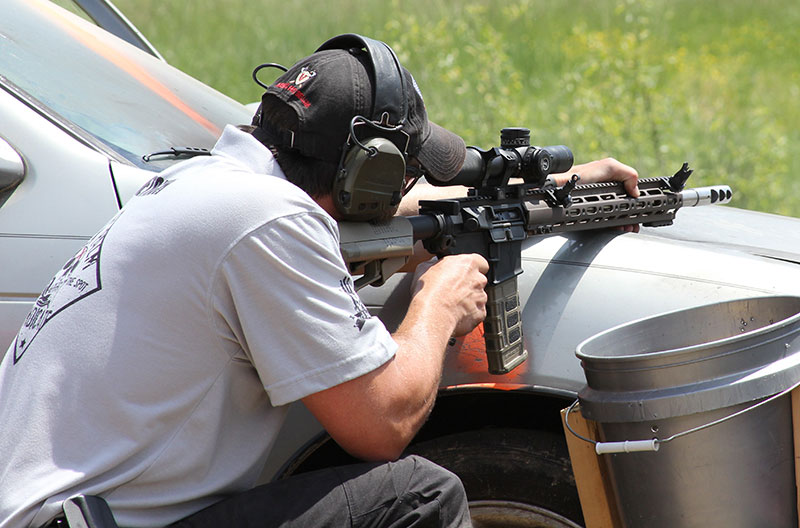
The third big tip is at the point of connection. How do you actually glue the rifle to the support? Many little tweaks exist, and each shooter has their own preferences, but we can volley a few generalities.
First, seek flats and corners. If you have a convenient edge, flat spot, or better yet a corner (allowing the rifle to gain support on the side and bottom), take the gift and build your position around it. Find the spot on the handguard that allows the rifle to mate well with the support and you to get a good position. In most cases, this will be at the handguard’s midpoint or forward.
Use your support hand to clamp the rifle to the flat. Your thumb may end up pointing generally anywhere from 12:00 to 7:30 as you apply pressure to whichever of the rifle’s rails are opposite the flat support. (Often this is with palm forward and thumb toward you, as opposed to the normal thumb forward/palm facing you orientation in standard positions.)
If your rifle has accessories bolted on, you often have the opportunity to get a twofer: apply pressure against a foregrip, light/laser, or even sling swivel into (or pull back against) your barricade to create a “corner” and gain support on two sides.
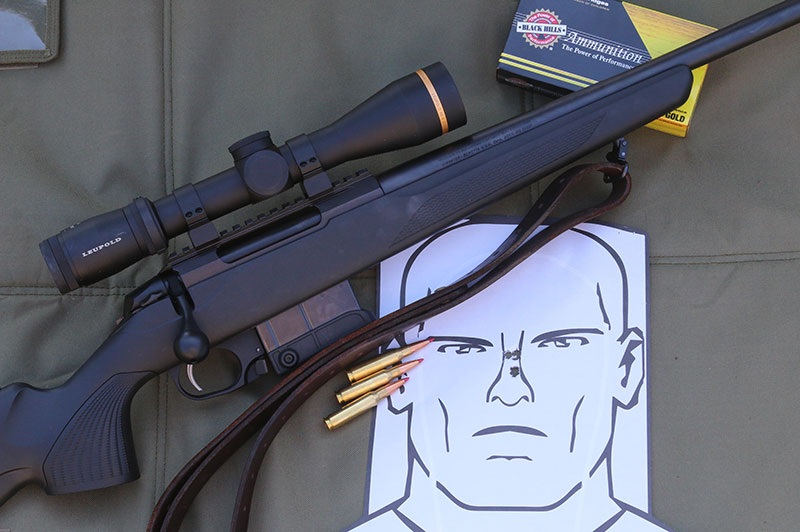
If fate has given you a sloped or irregular support, no worries. Simply use your forearm or wrist as the “sandbag” to rest the rifle on. If possible, you want to get the back of the forearm or the flat back of the wrist solidly rested on the sloped object (e.g., rounded bumper, sloped hood, irregular rock) and then rest the rifle onto your outstretched arm, connected by your grasp.
It is a subtle distinction, but it generally gives more support to get your arm connected and then lightly rest the handguard in the hand wherever the position best allows, than to simply grasp the rifle as usual and throw an arm onto the support.
In some cases, there may be an irregular corner, nook, or similar that the rifle can’t necessarily fit into but that you can wedge your forearm or wrist into. Bingo!
If the support is slightly unstable, vibrating, swaying, or whatever other non-solid issue, resting on the back of the forearm may be the preferred connection. This may allow you to dampen some of that movement relative to having the handguard or stock picking all of the movement up and magnifying it in your optic.
MORE?
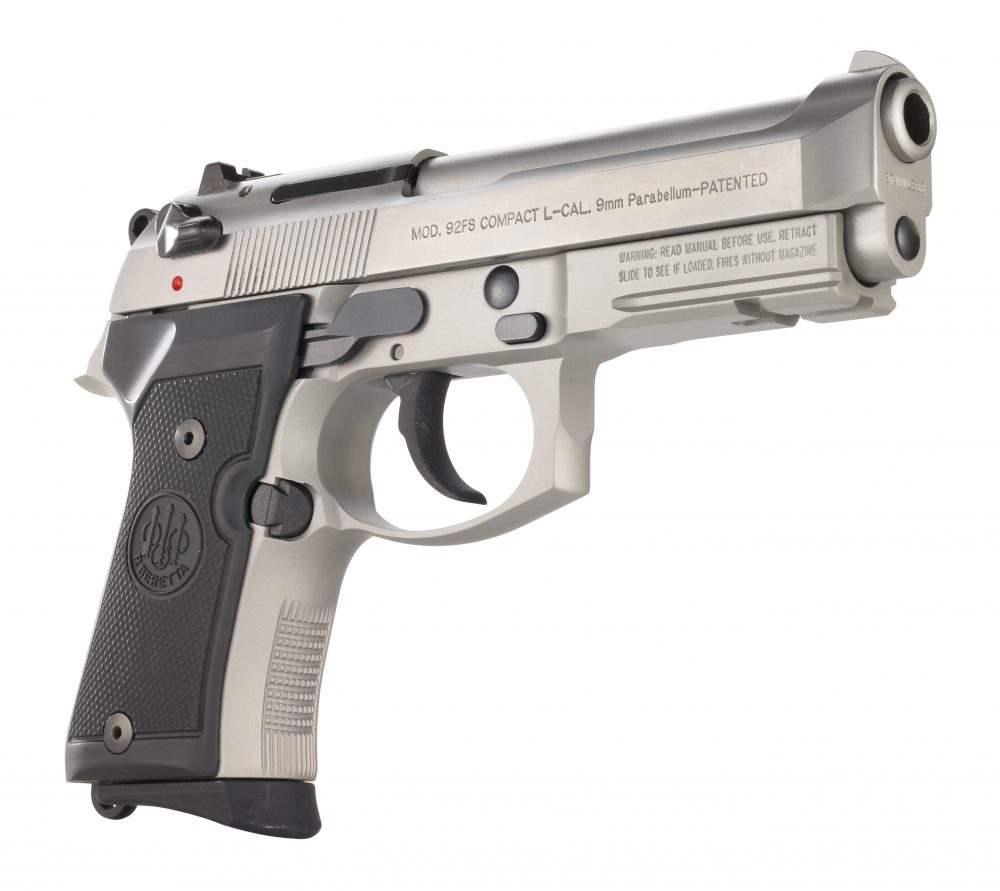
Many fine tweaks exist to get more support. Snipers, precision-rifle series competitors, and long-range hunters spend a lot of time working out fine little adjustments.
These first three tips are the big fixes. If you get a chance to prove them out on the range, you will likely start to see fine tweaks that fit your equipment and mission. Good luck and good shooting!
Justin Dyal retired from the U.S. Marines as a Lt. Colonel with worldwide experience in specialized units. He has taught and been responsible for numerous advanced skills and weapons courses within multiple organizations.
SOURCES
BLACK HILLS AMMUNITION
(605) 348-5150
www.black-hills.com
BRAVO COMPANY USA, INC.
(877) BRAVO-COM
www.bravocompanyusa.com
TIKKA RIFLES
www.tikka.fi/en-us

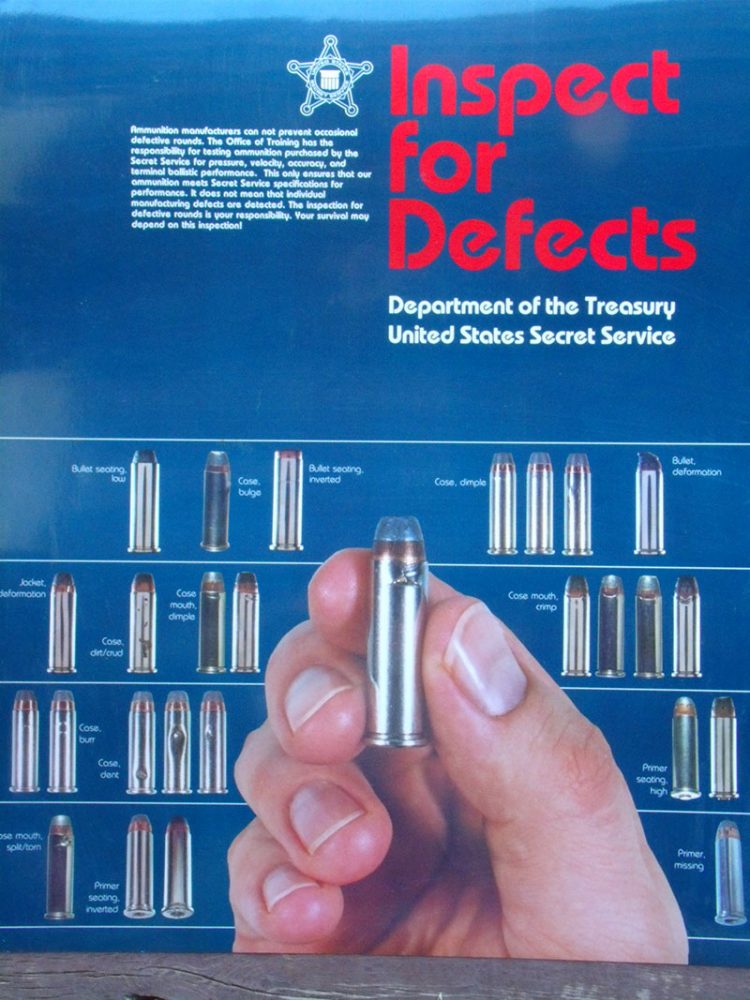
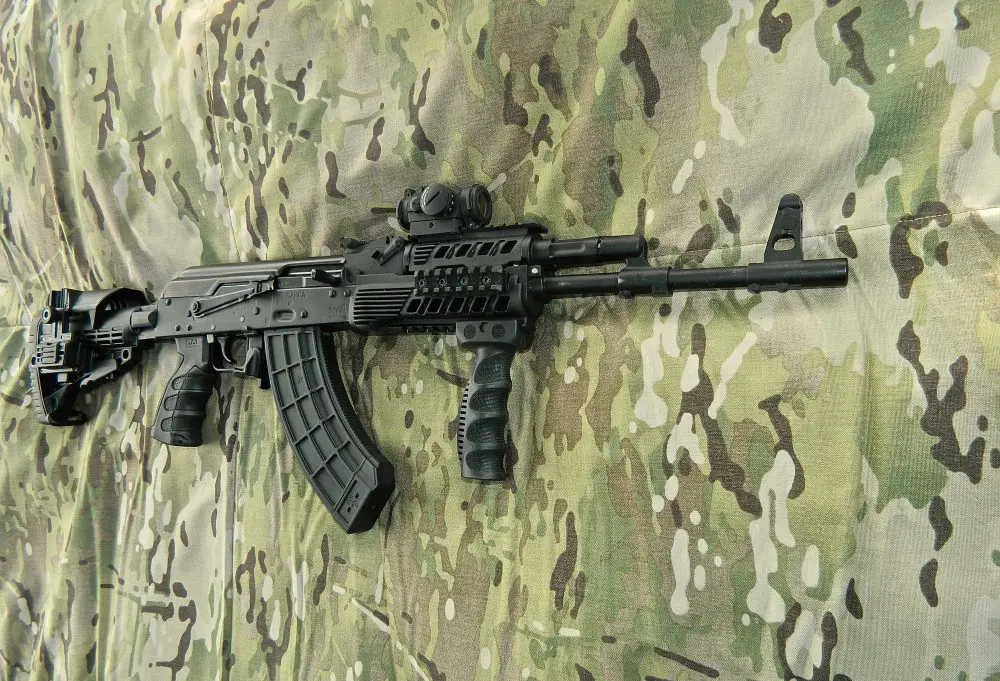
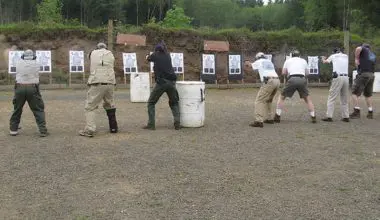
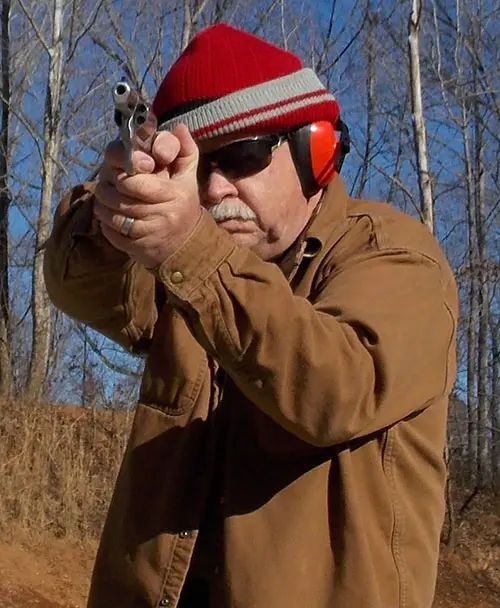
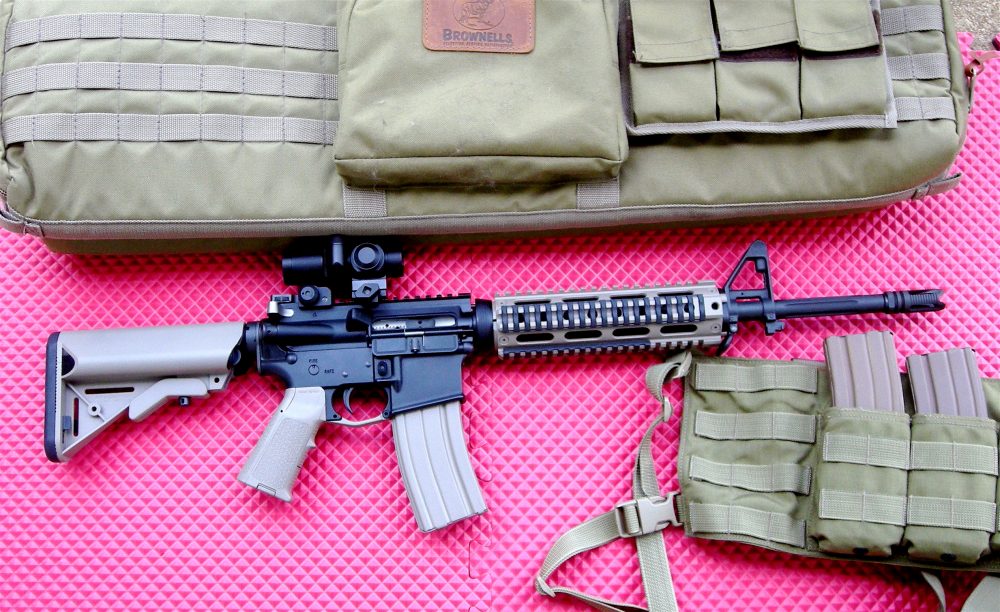
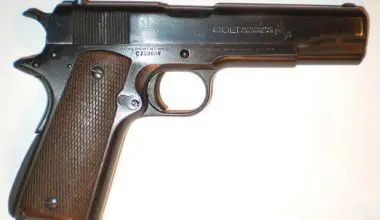
1 comment
I like your shooting tips. I need a new rifle. You can never have too much.